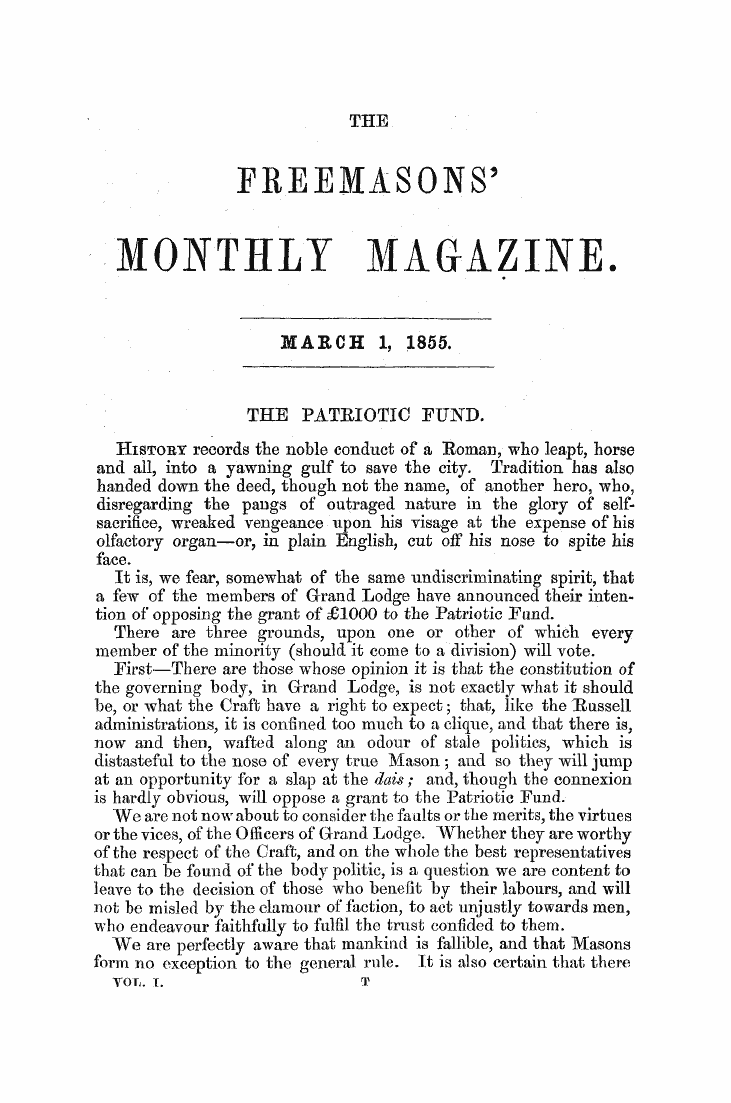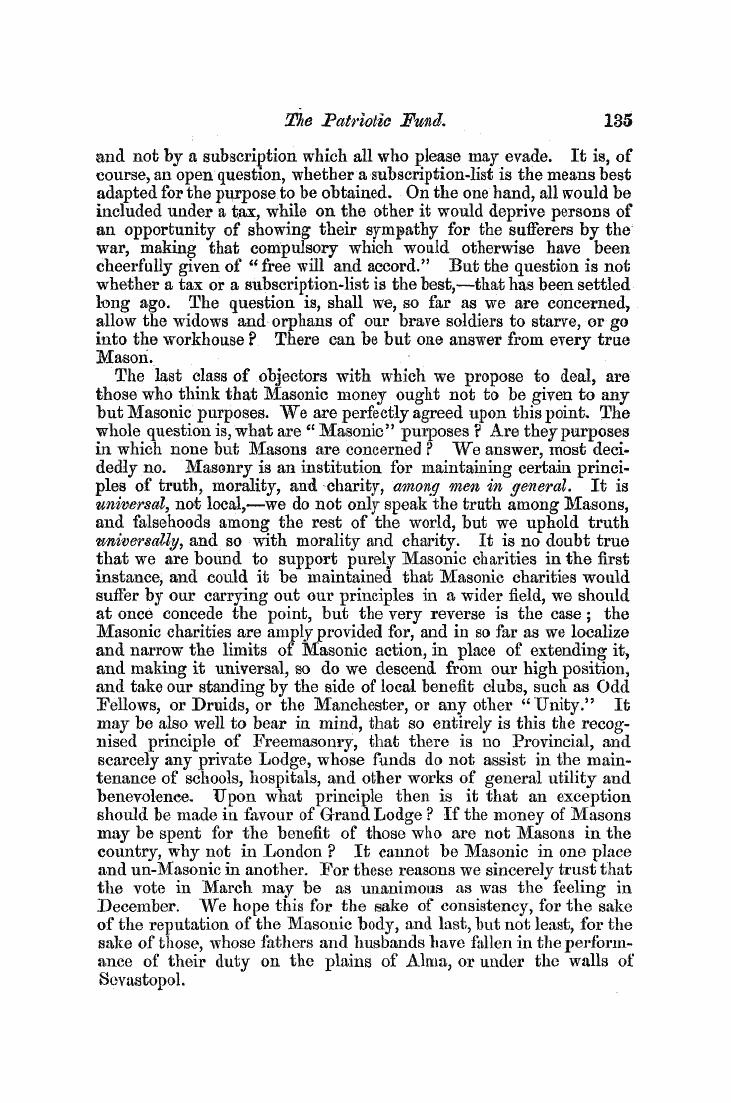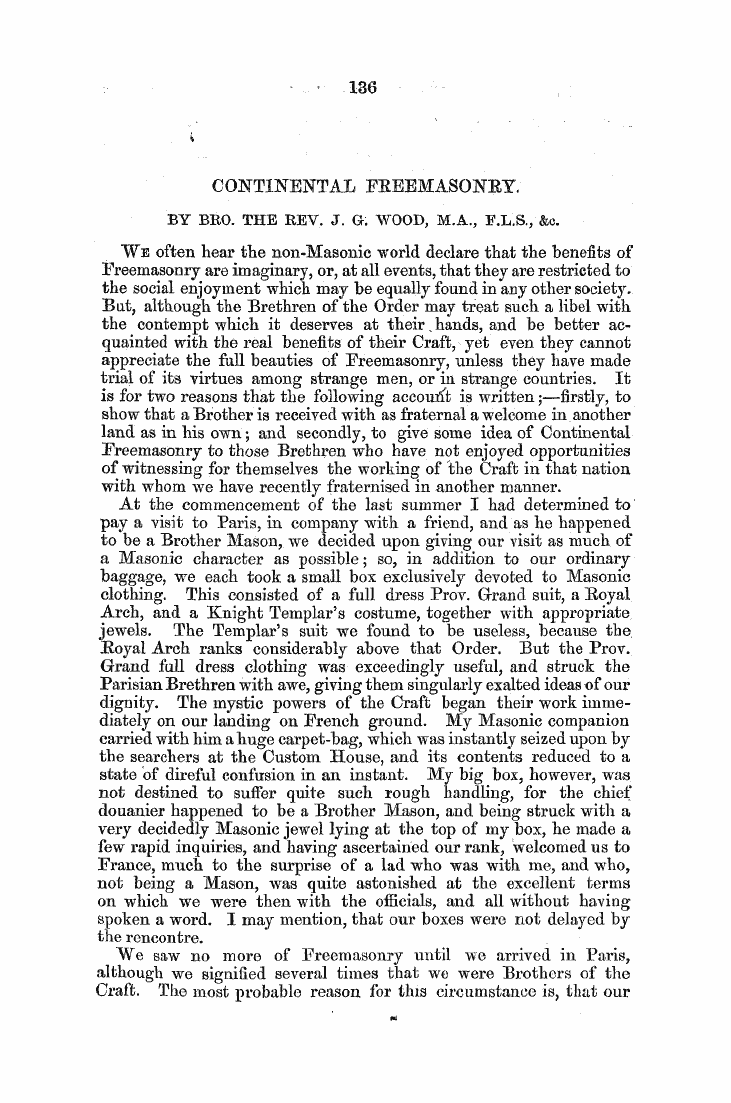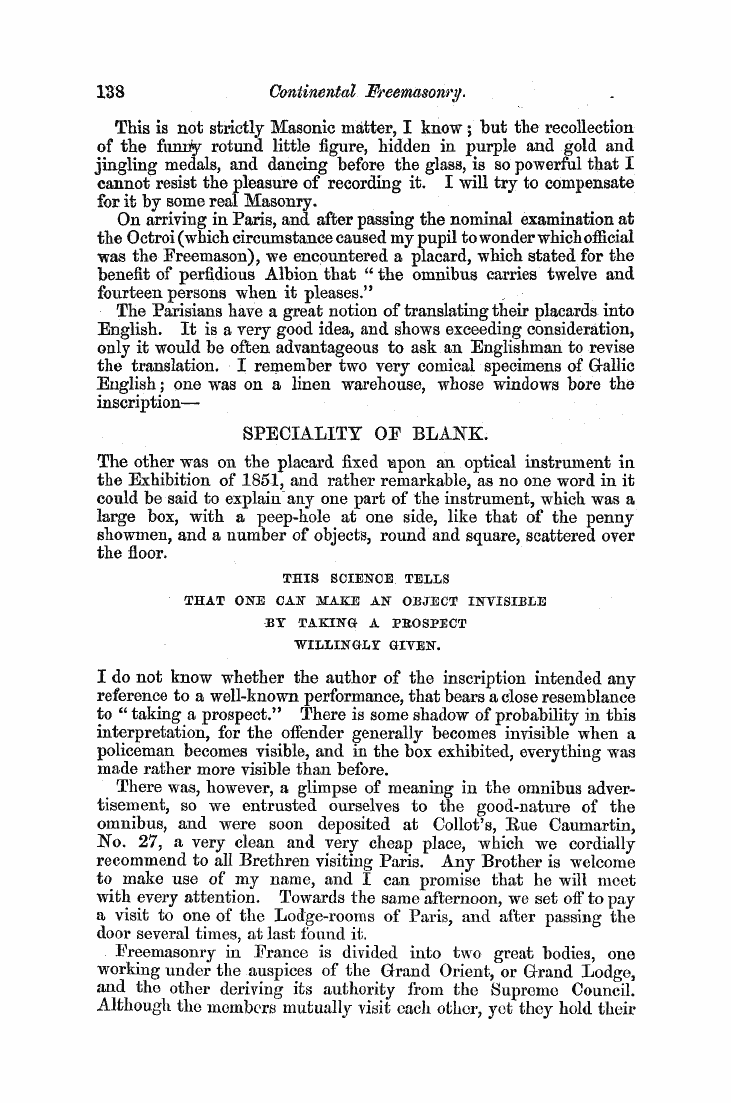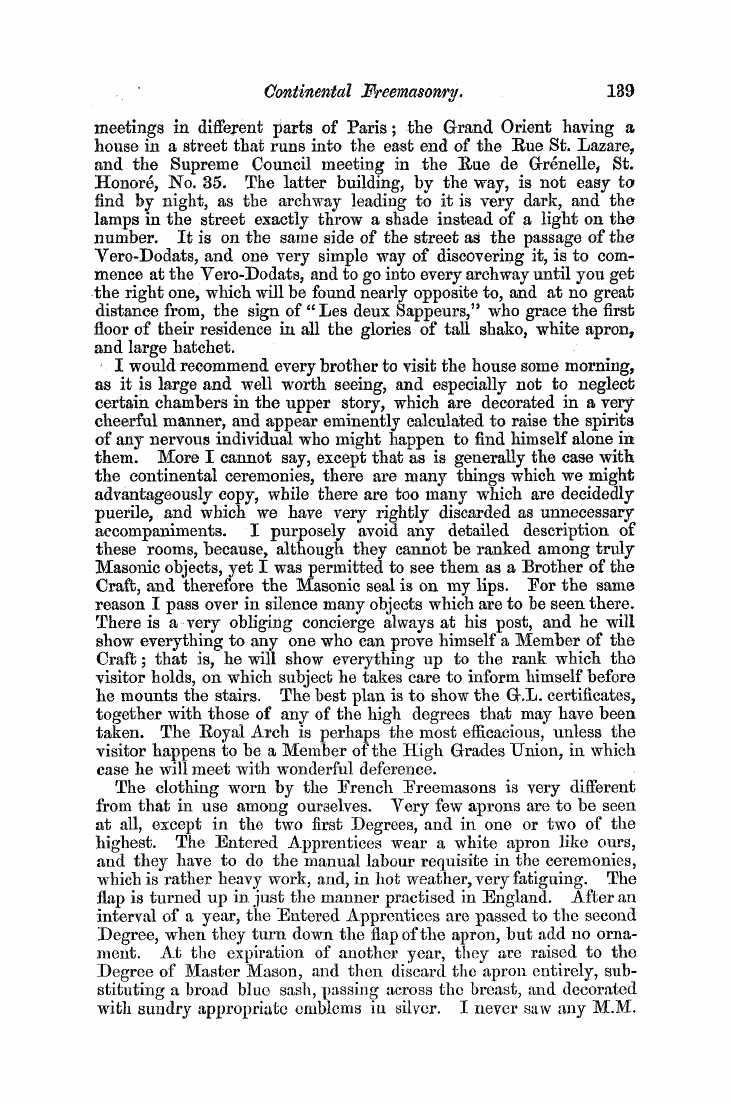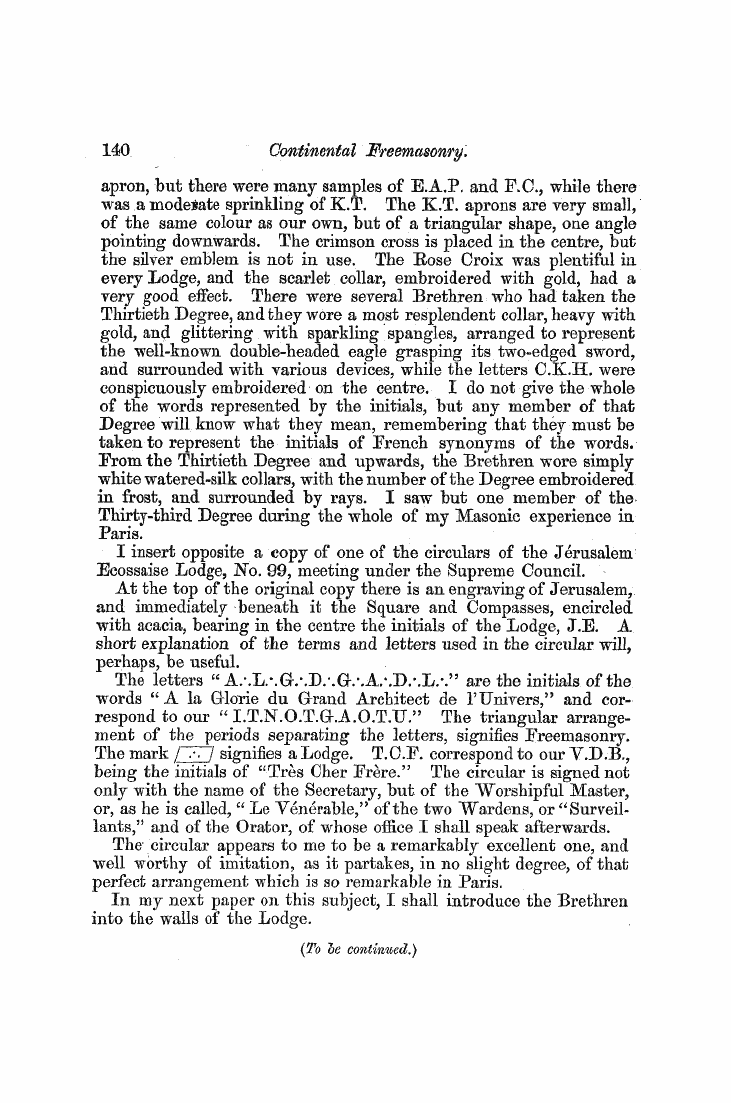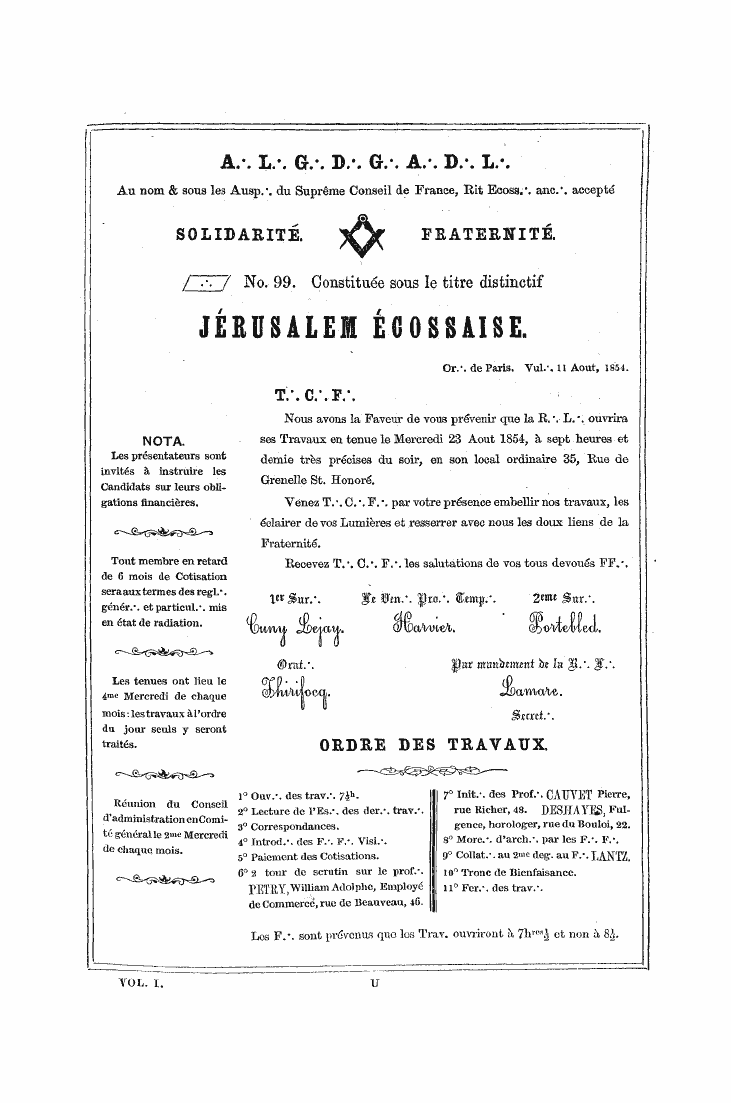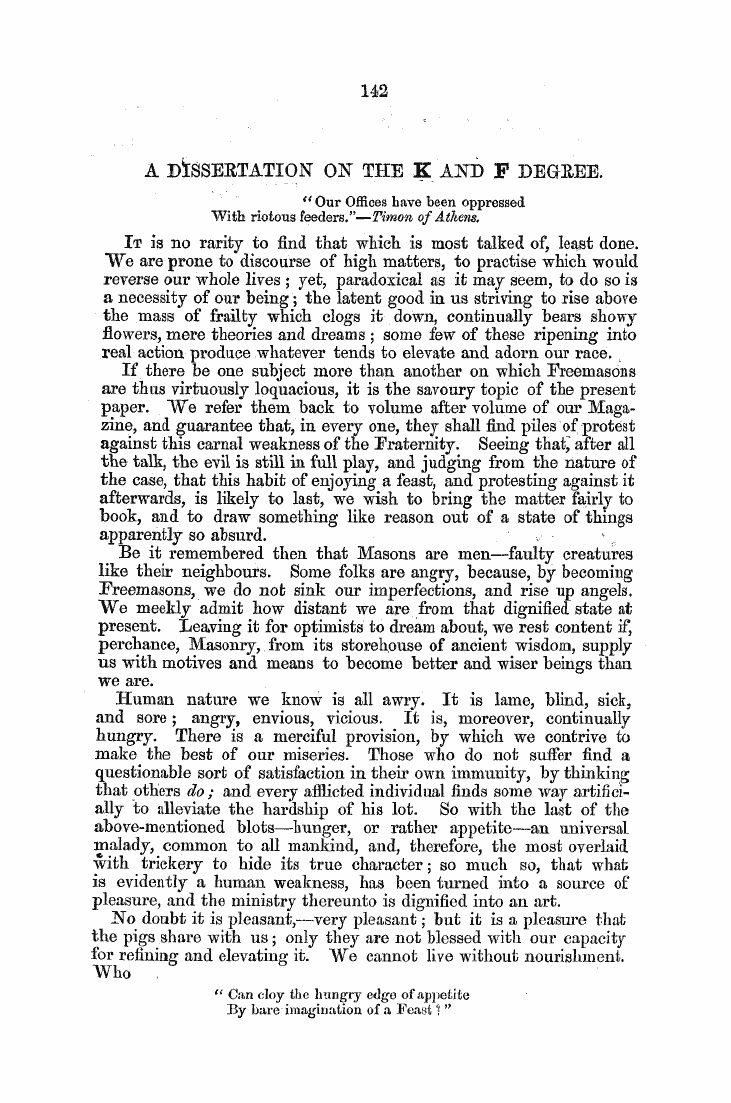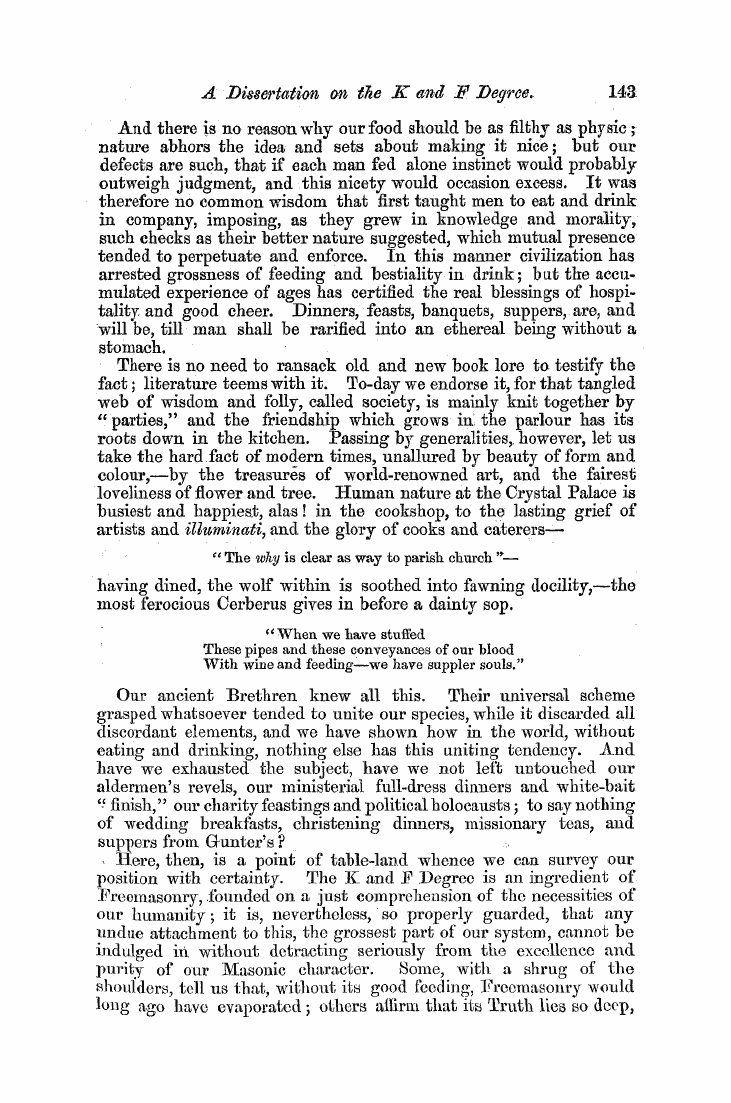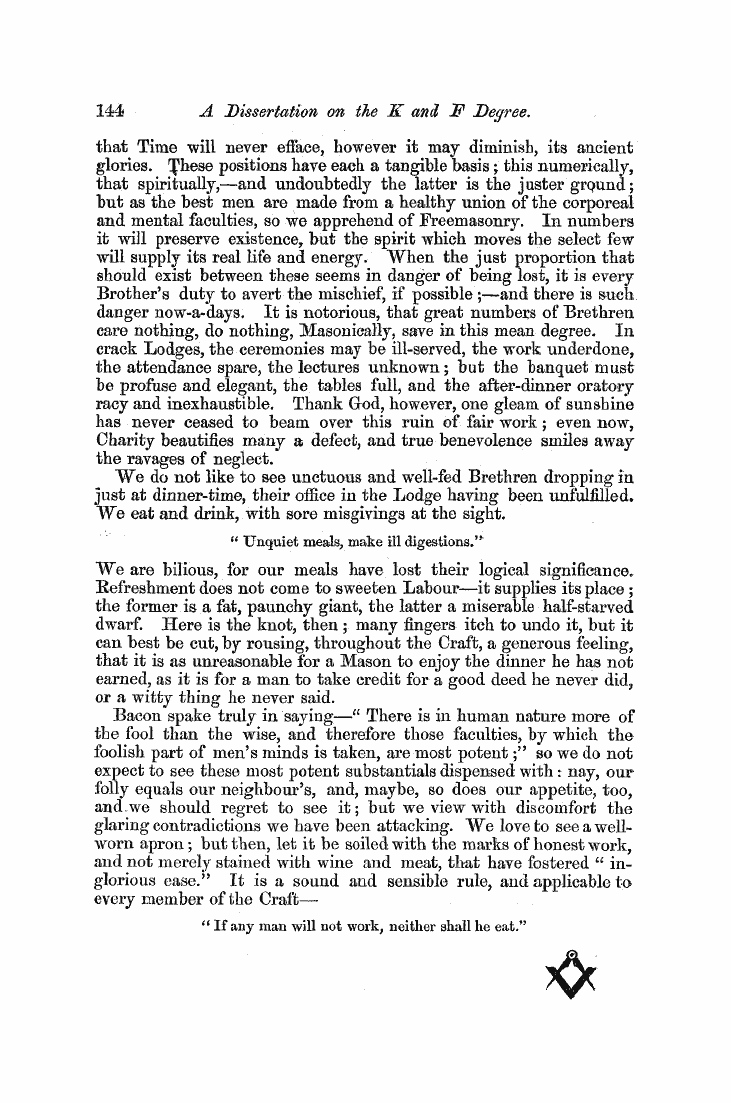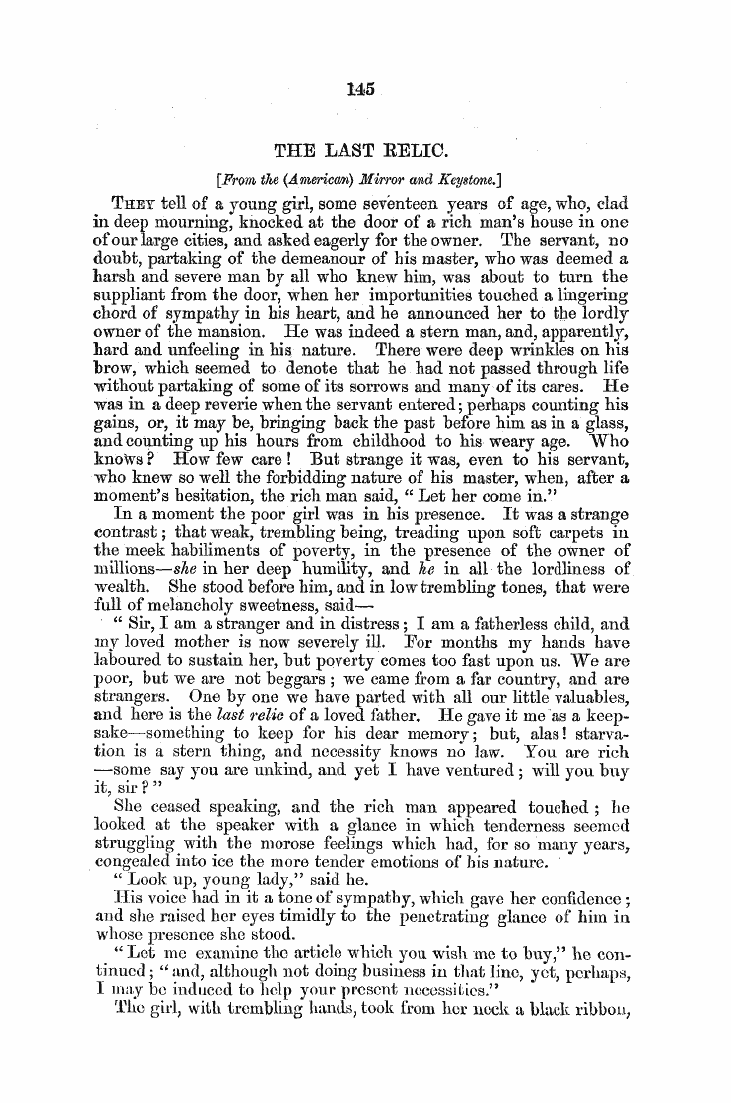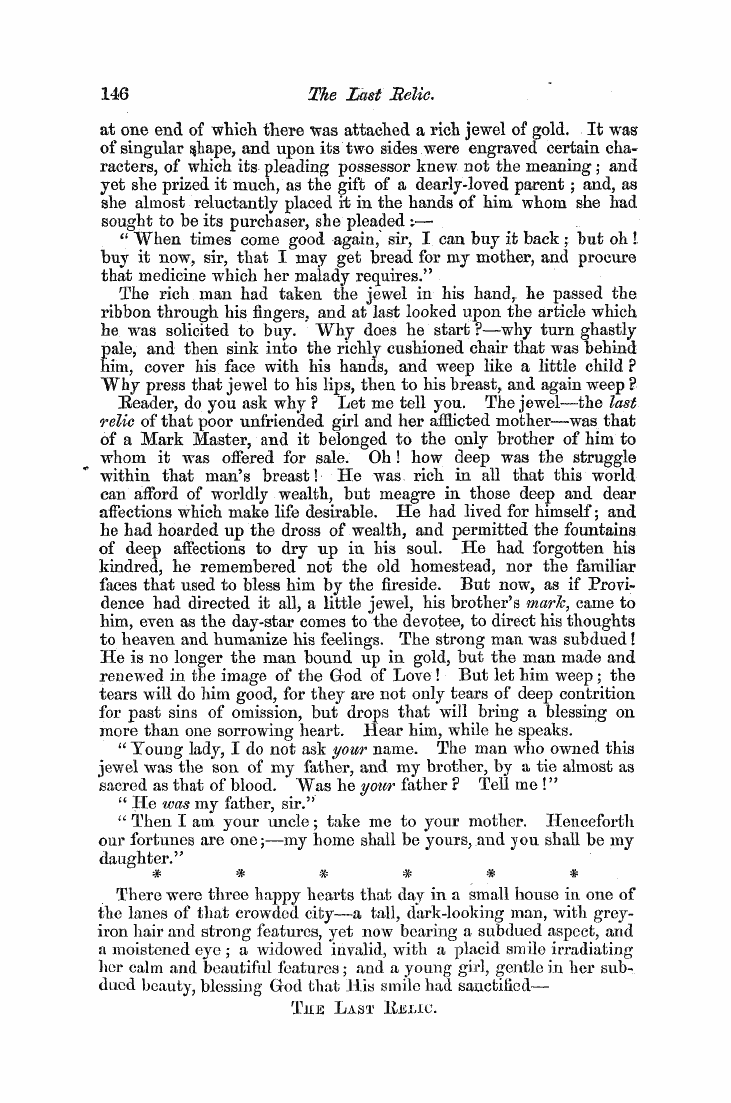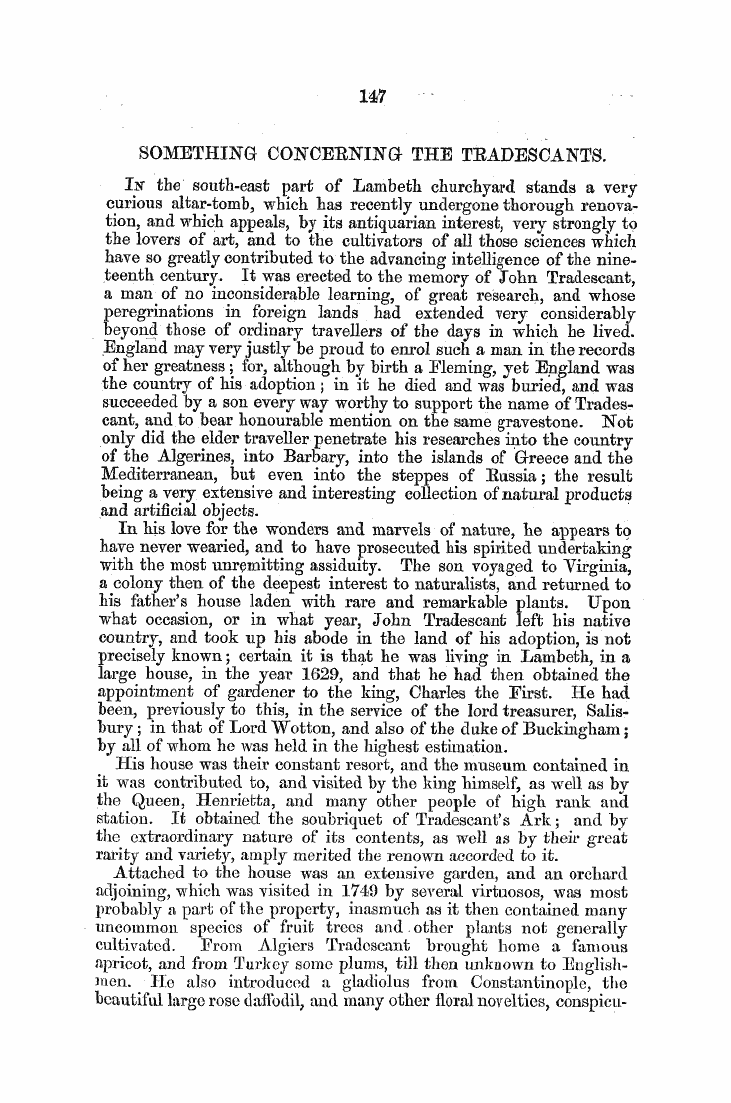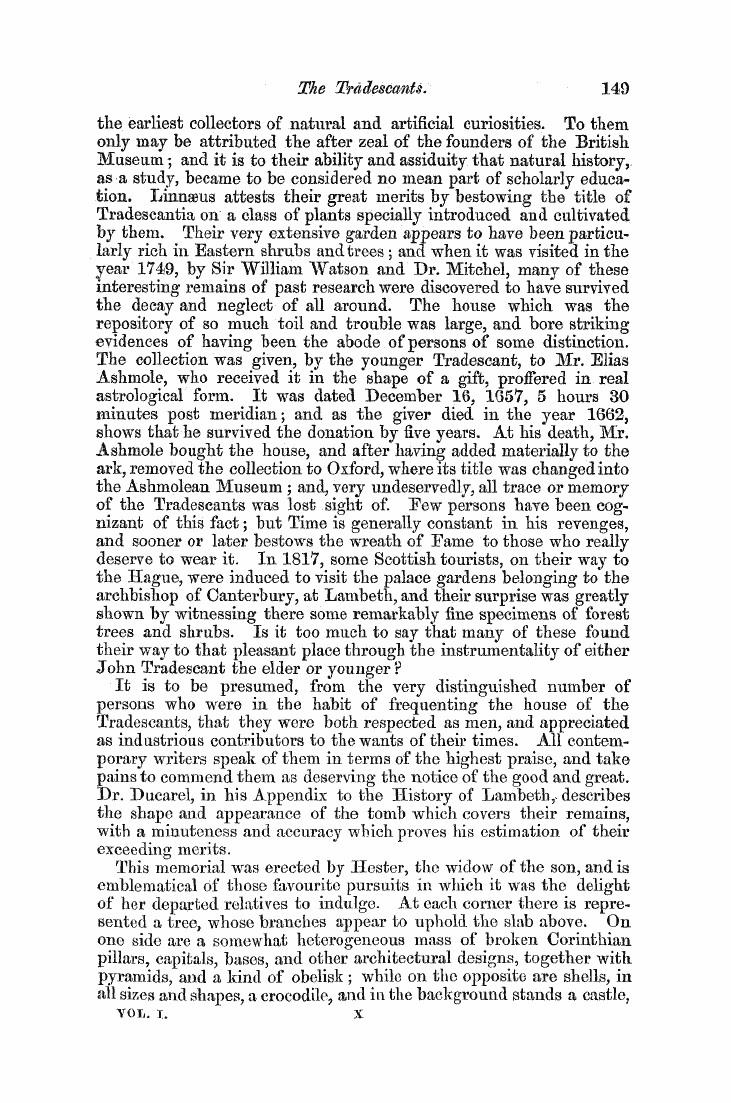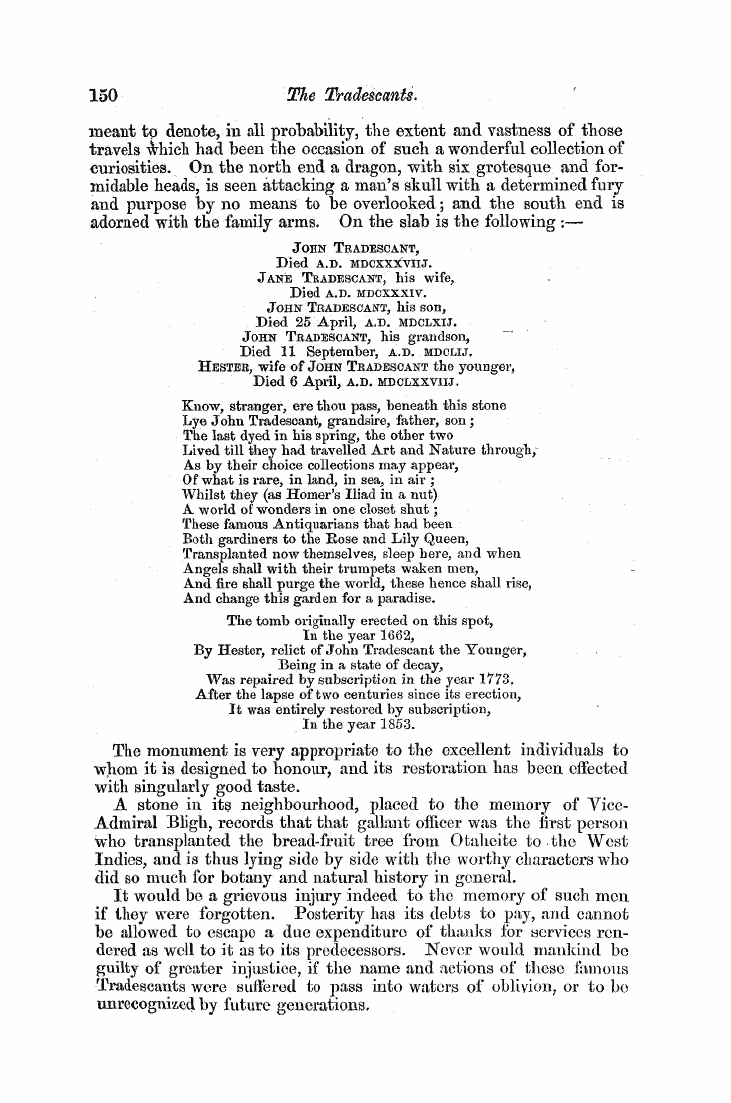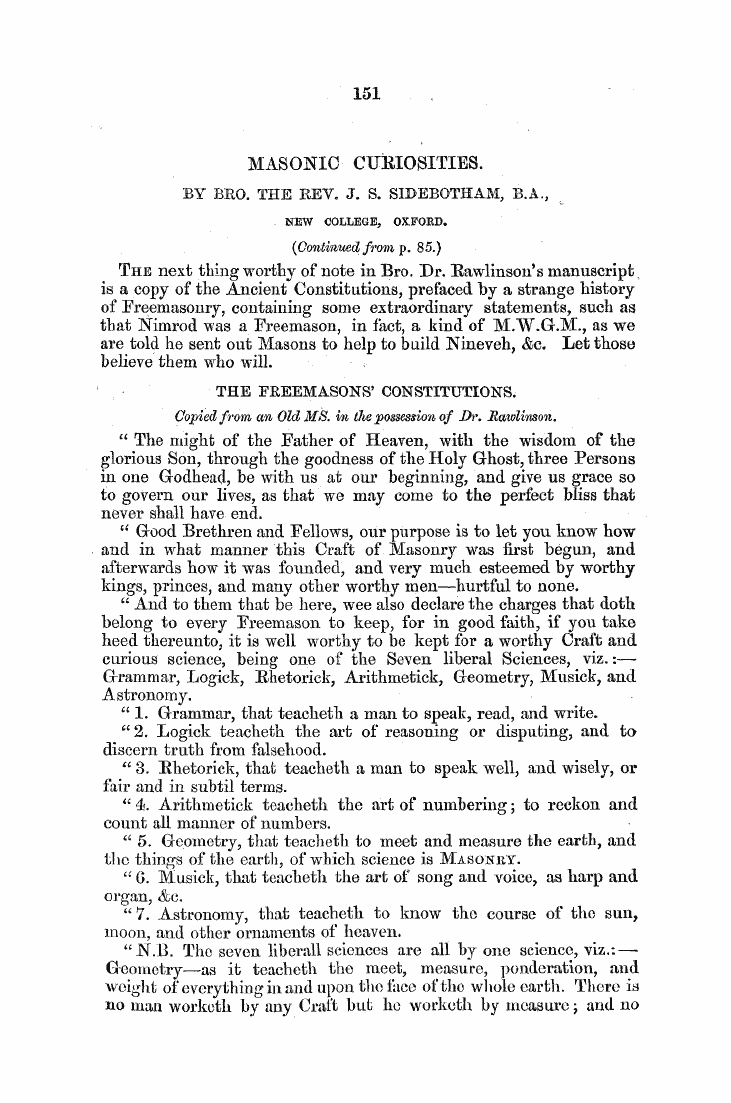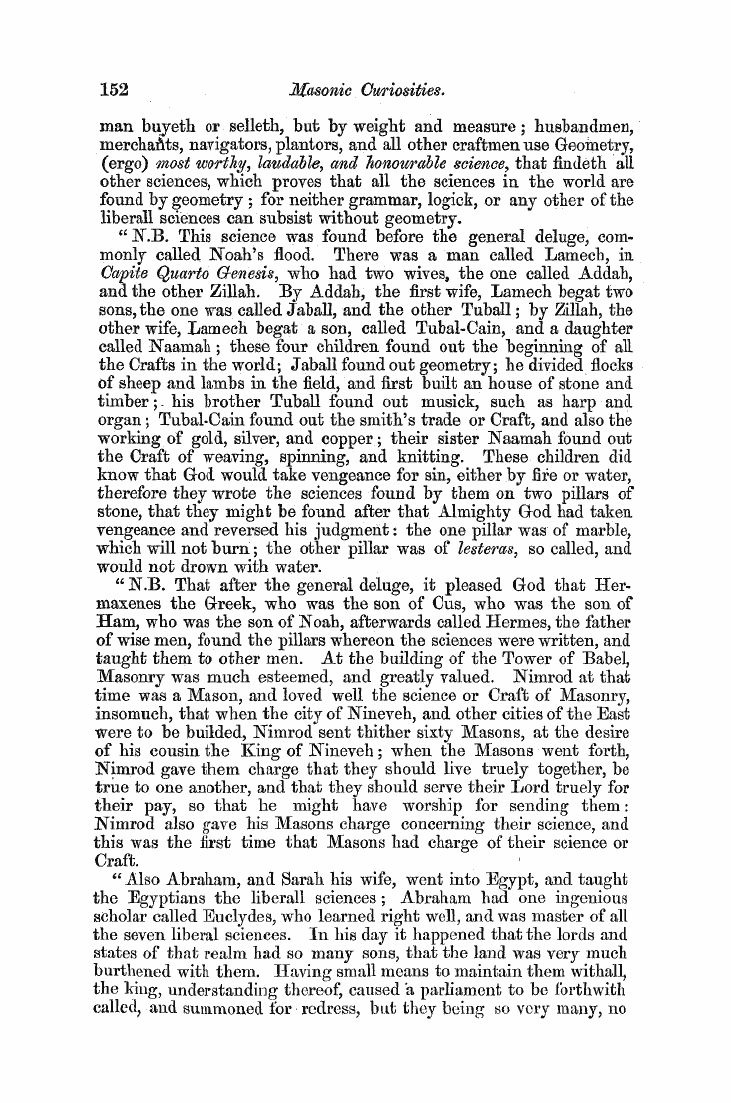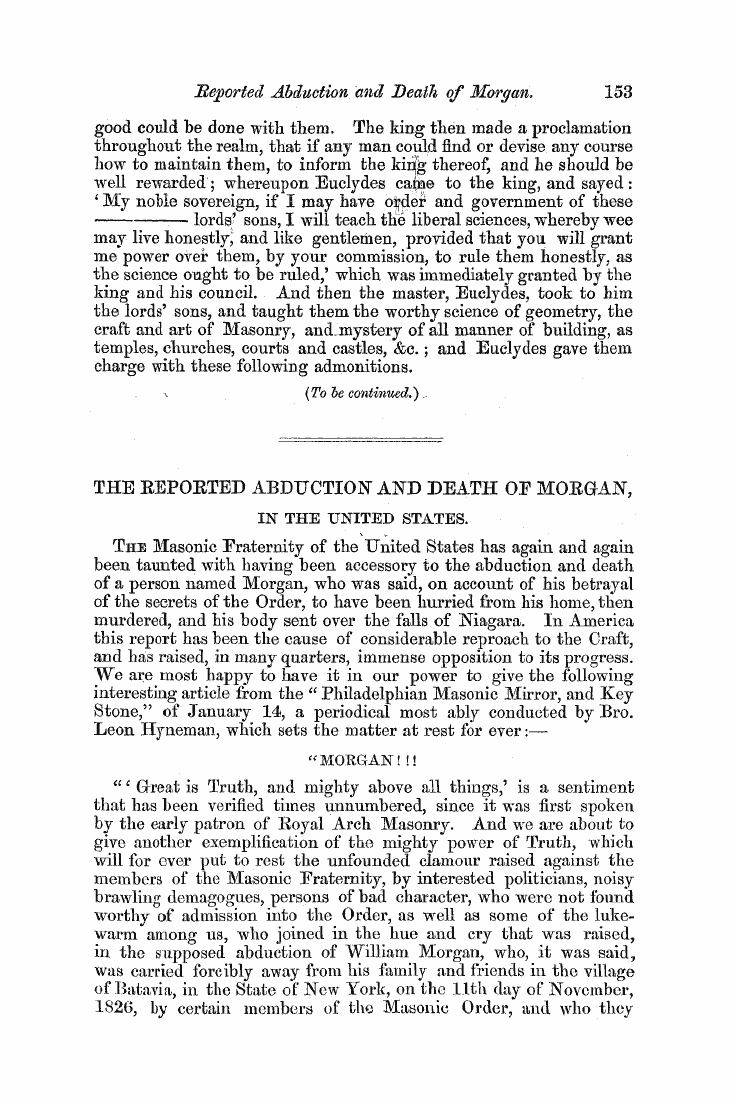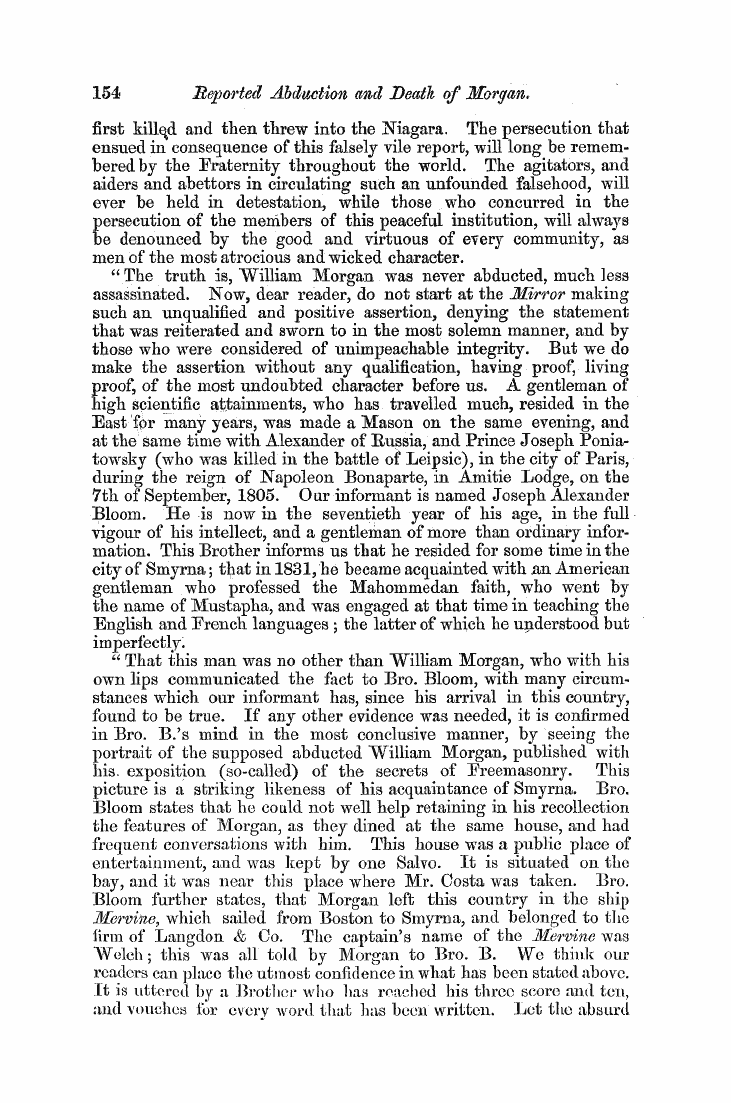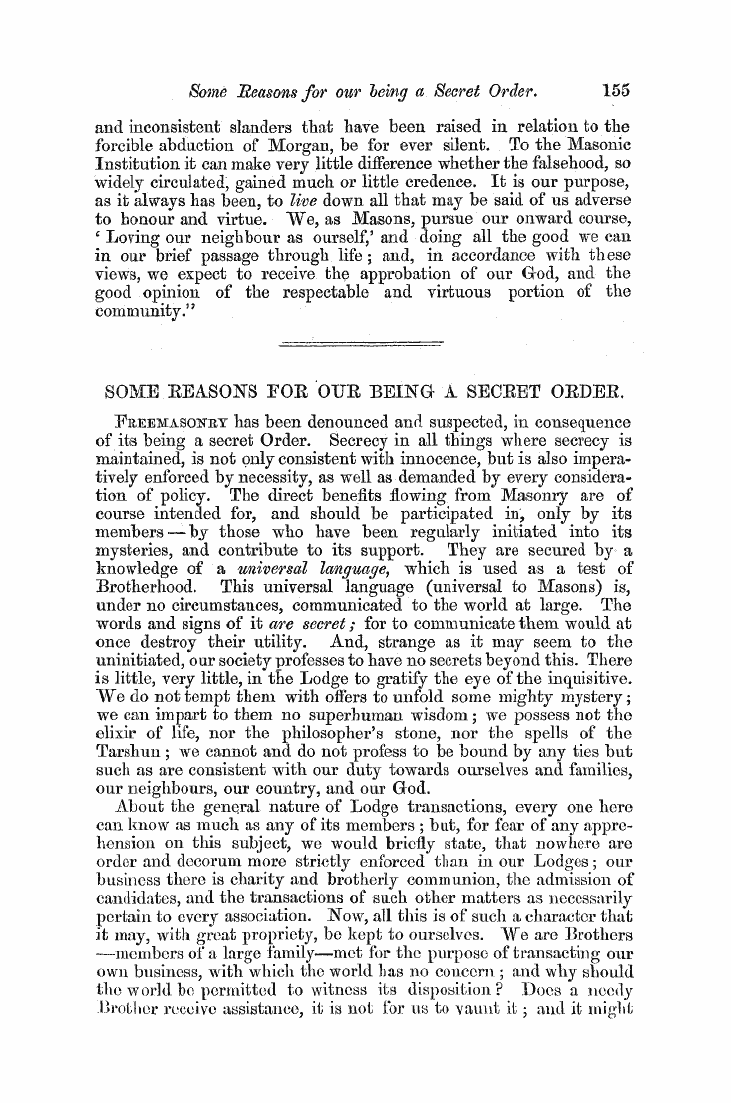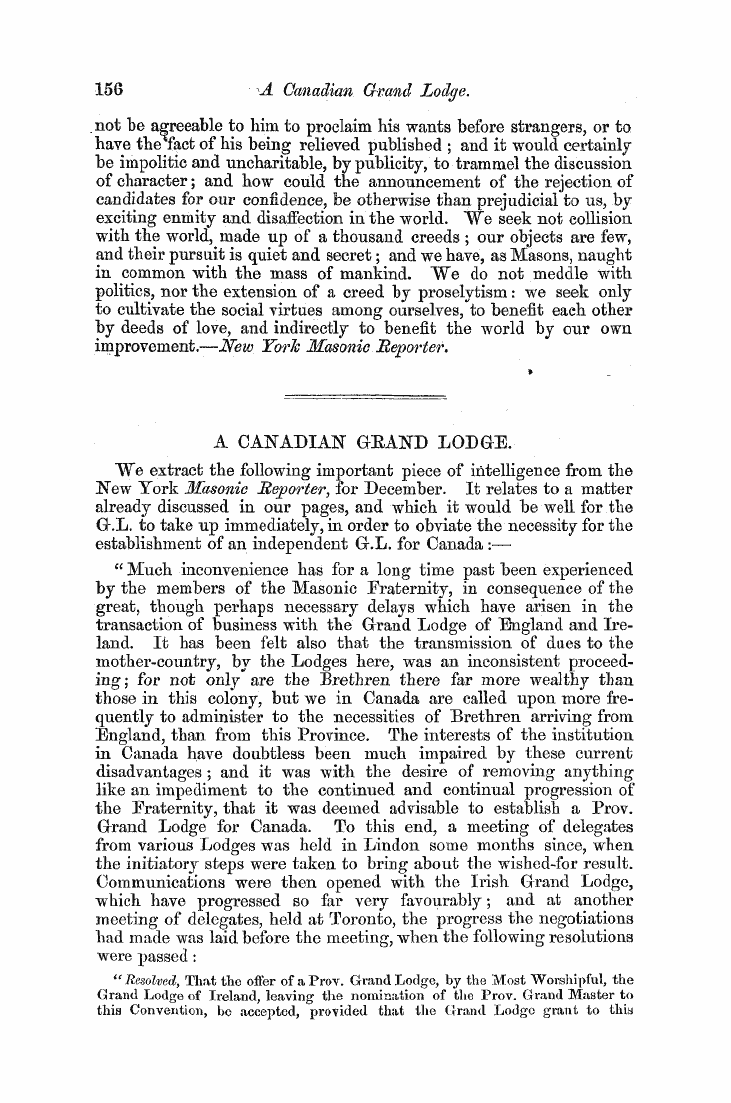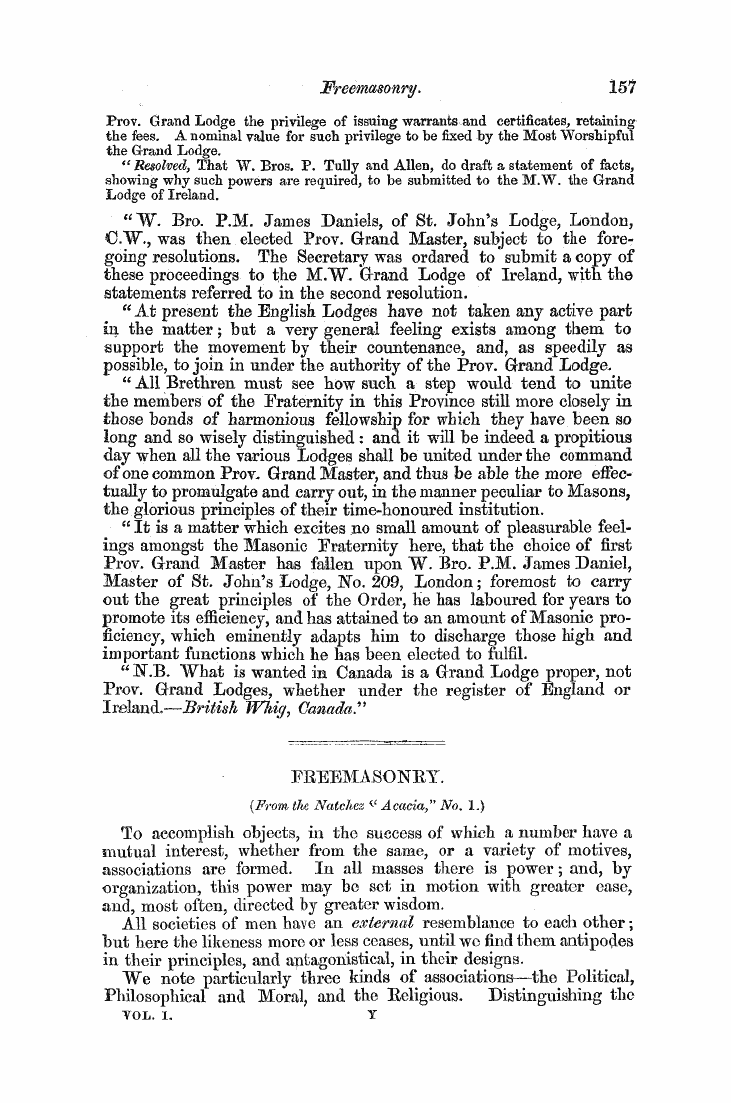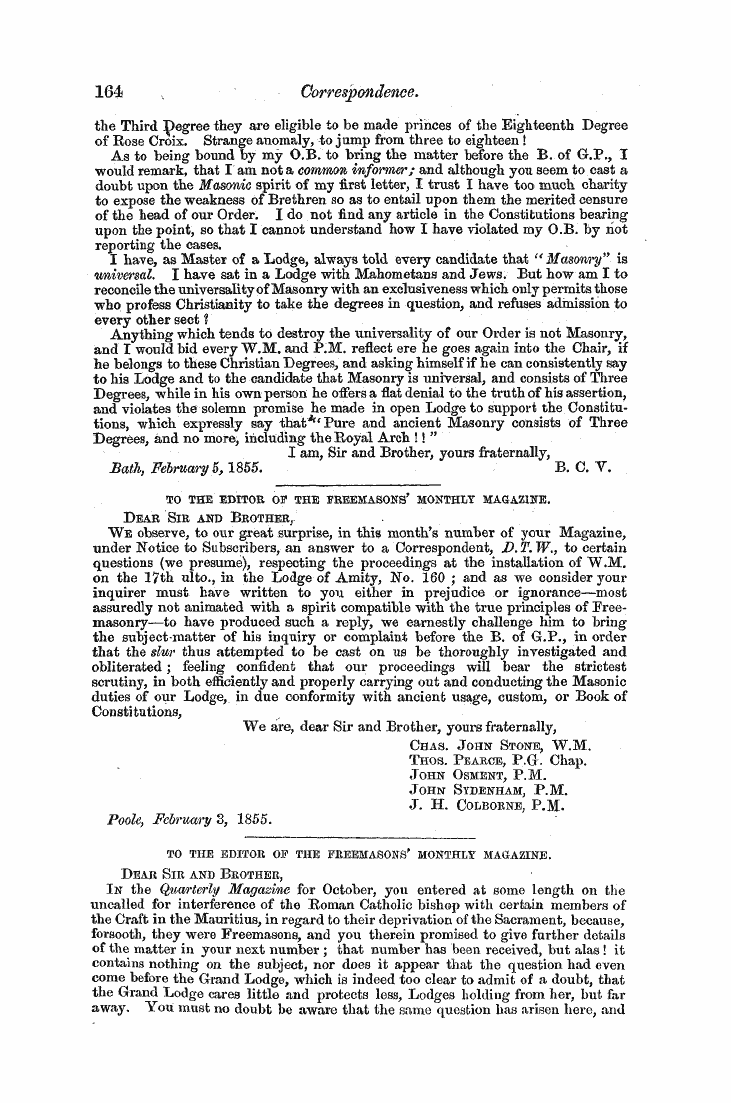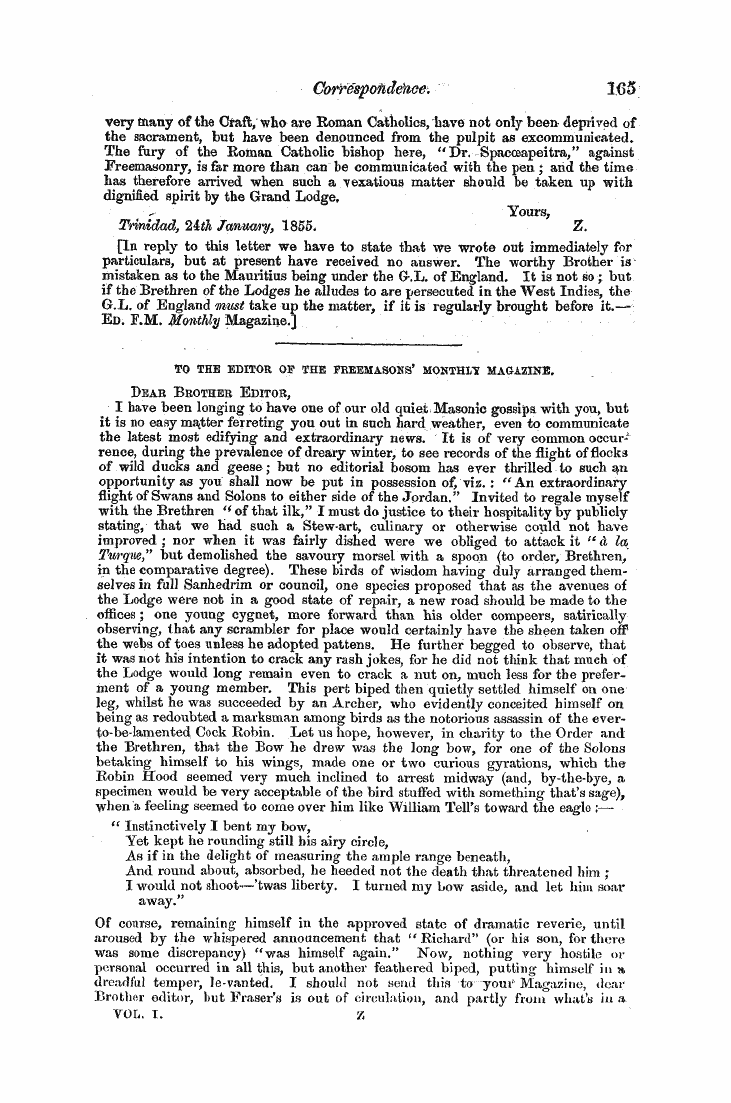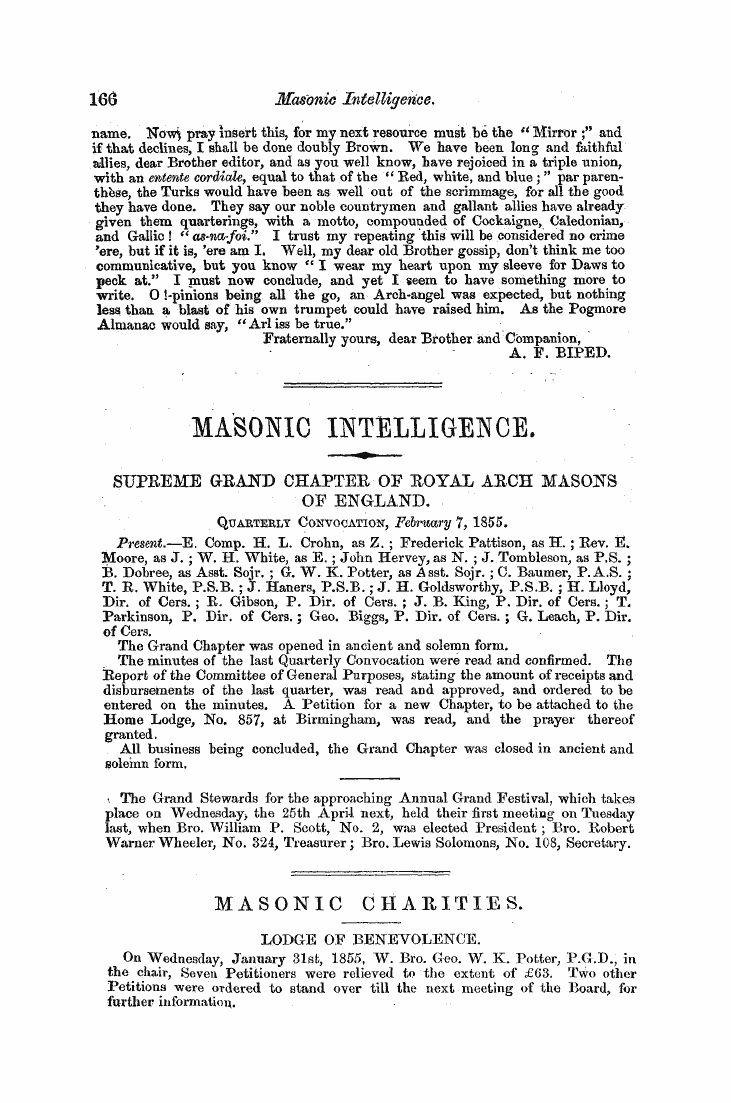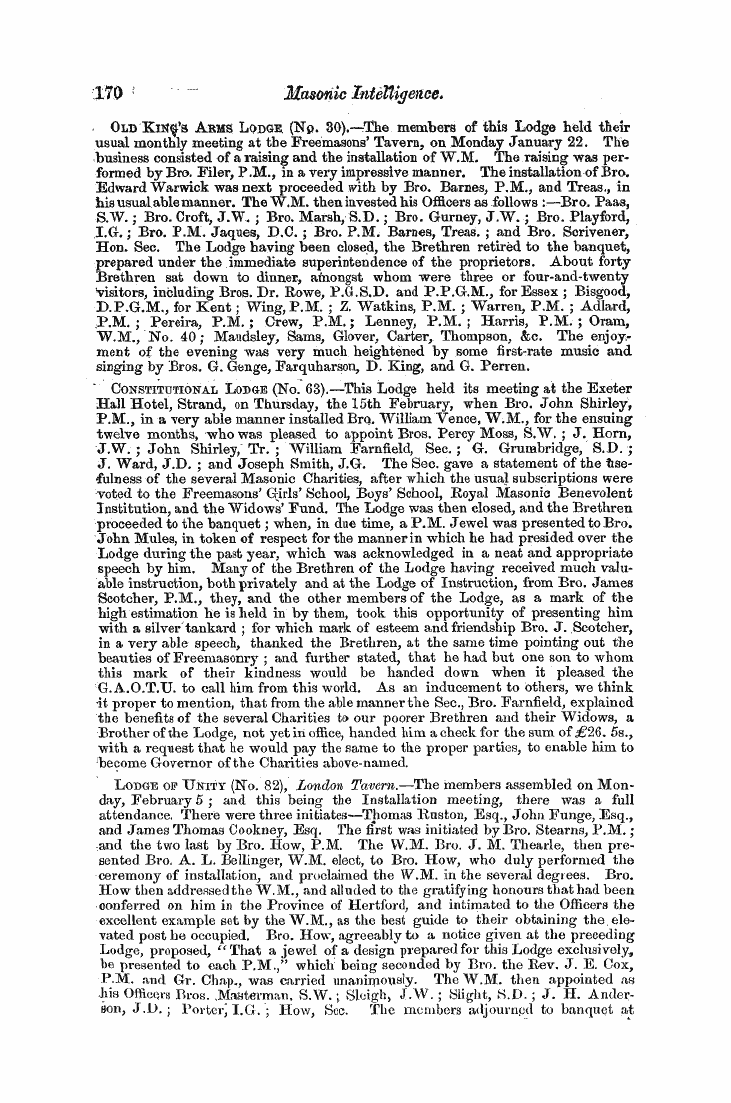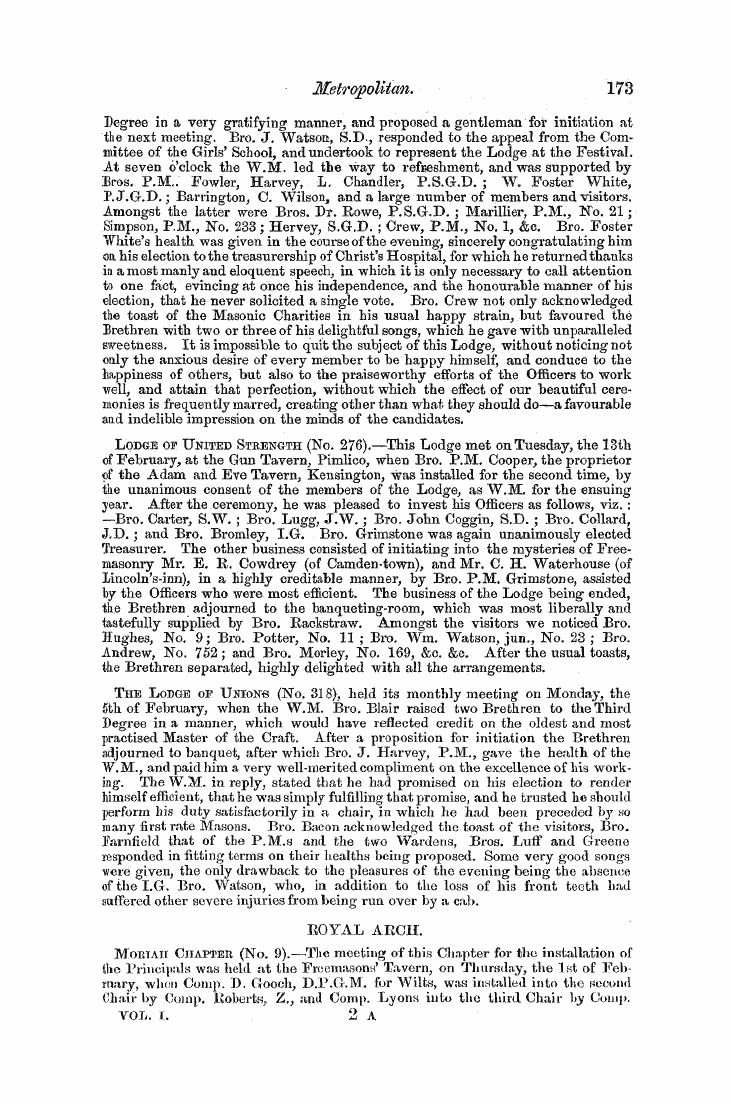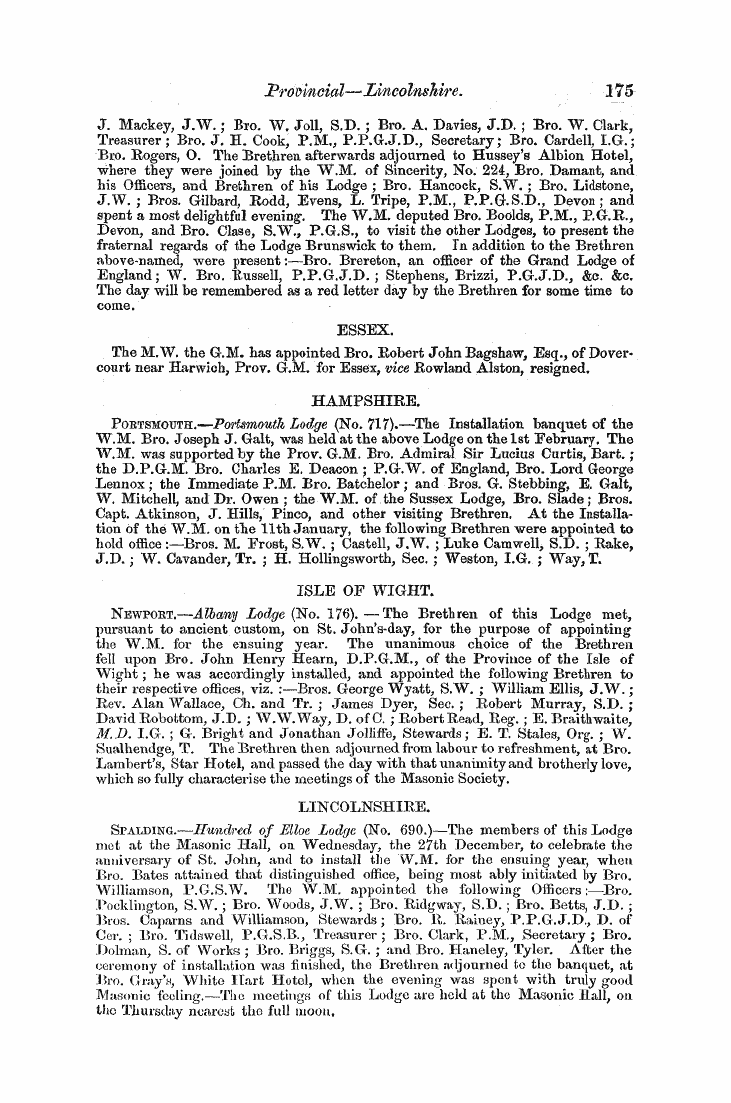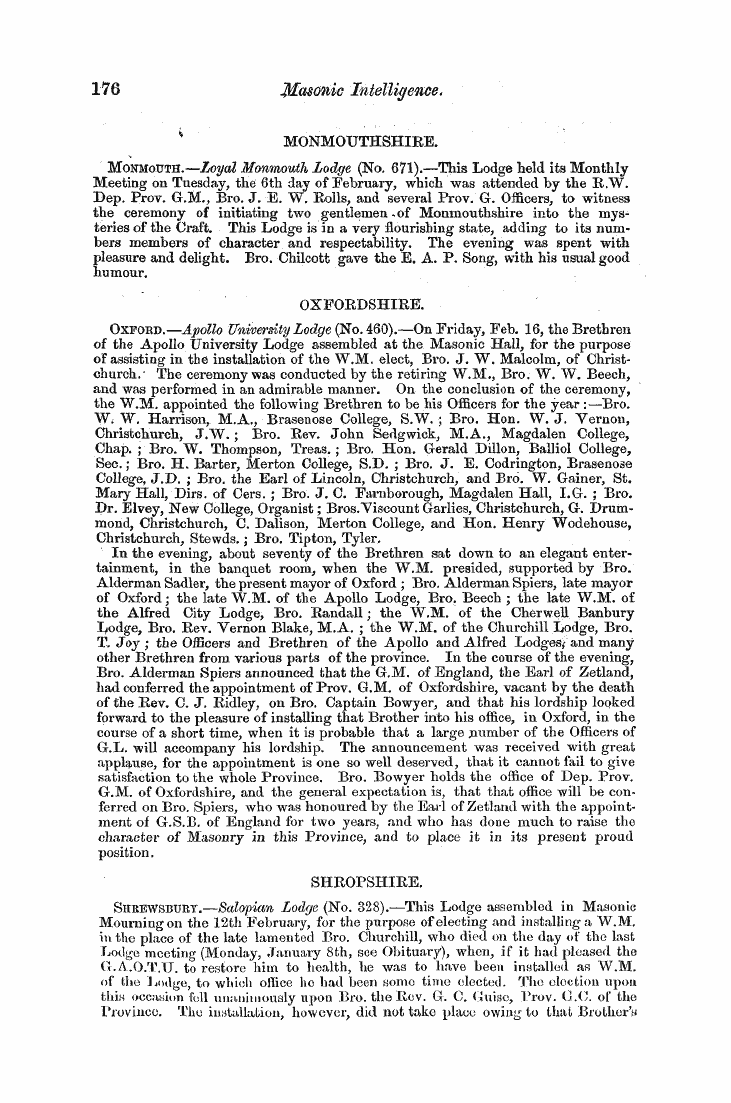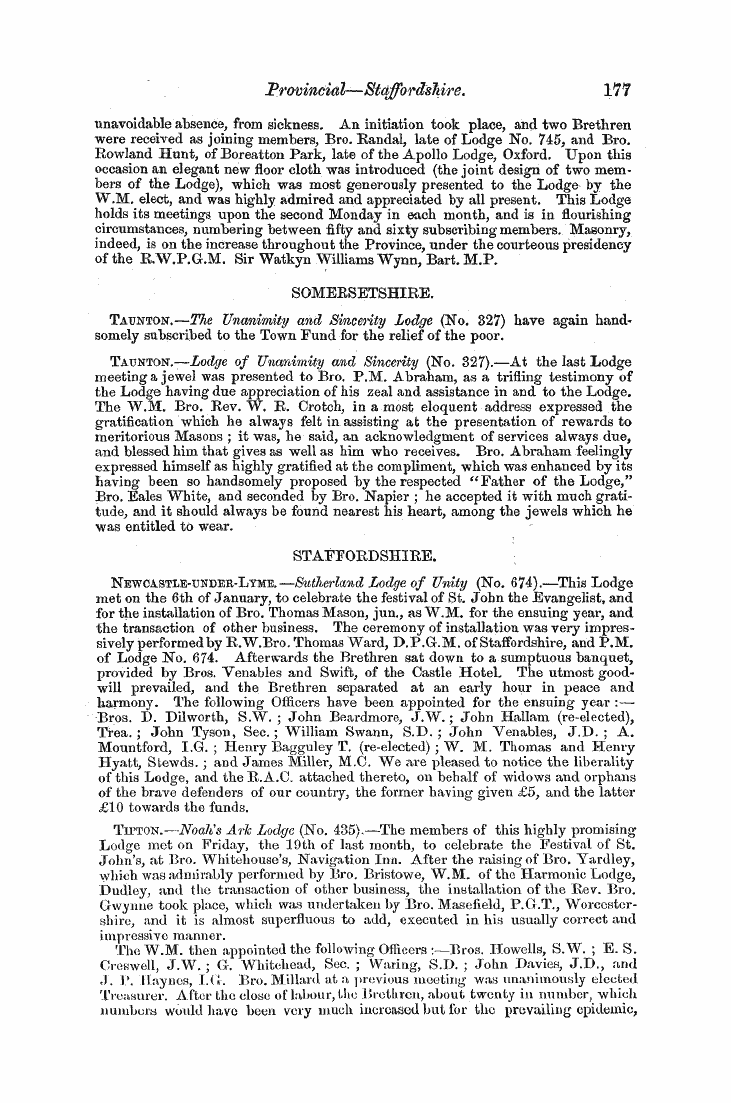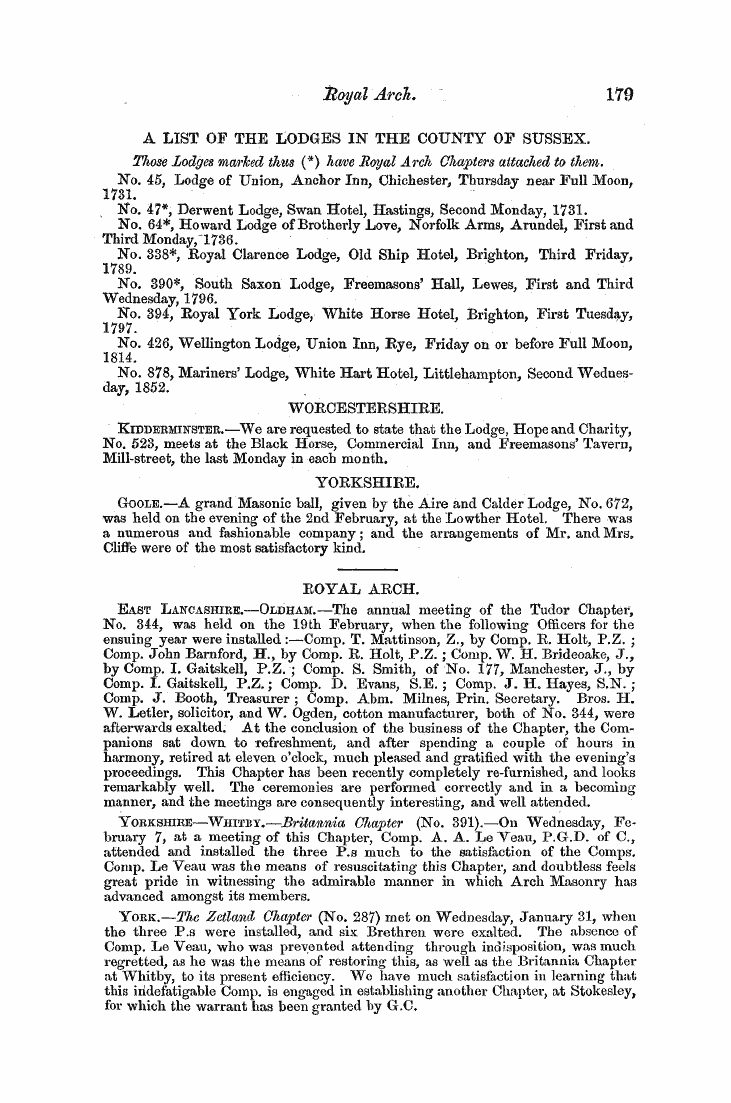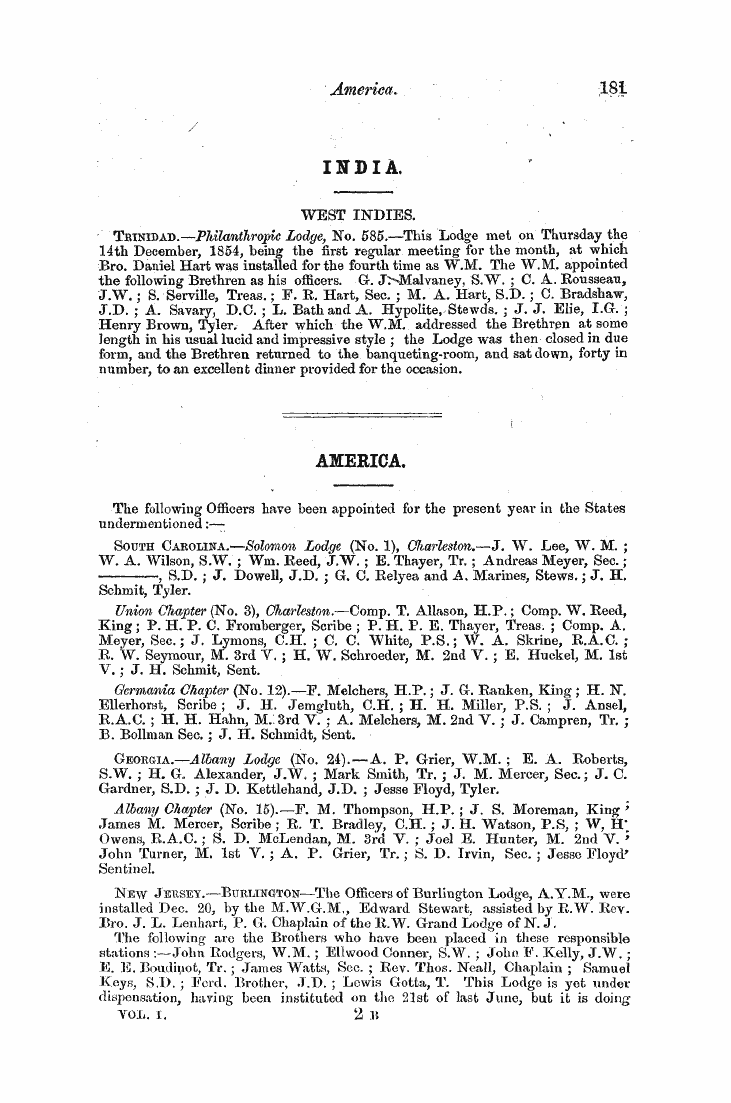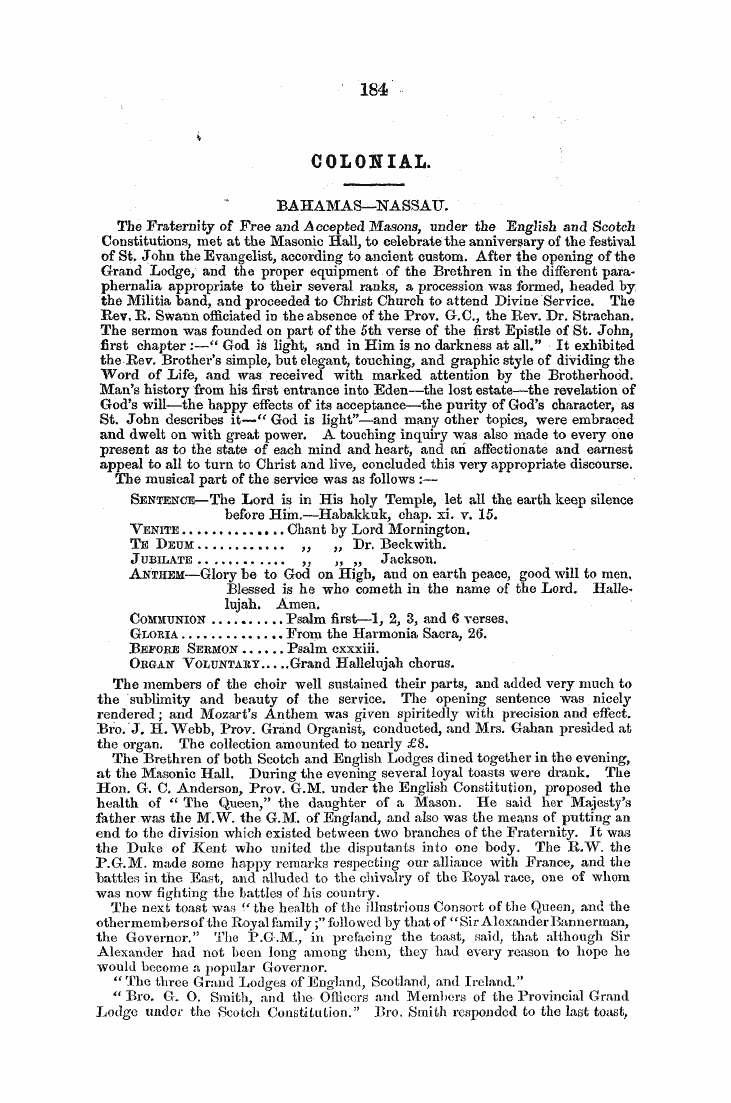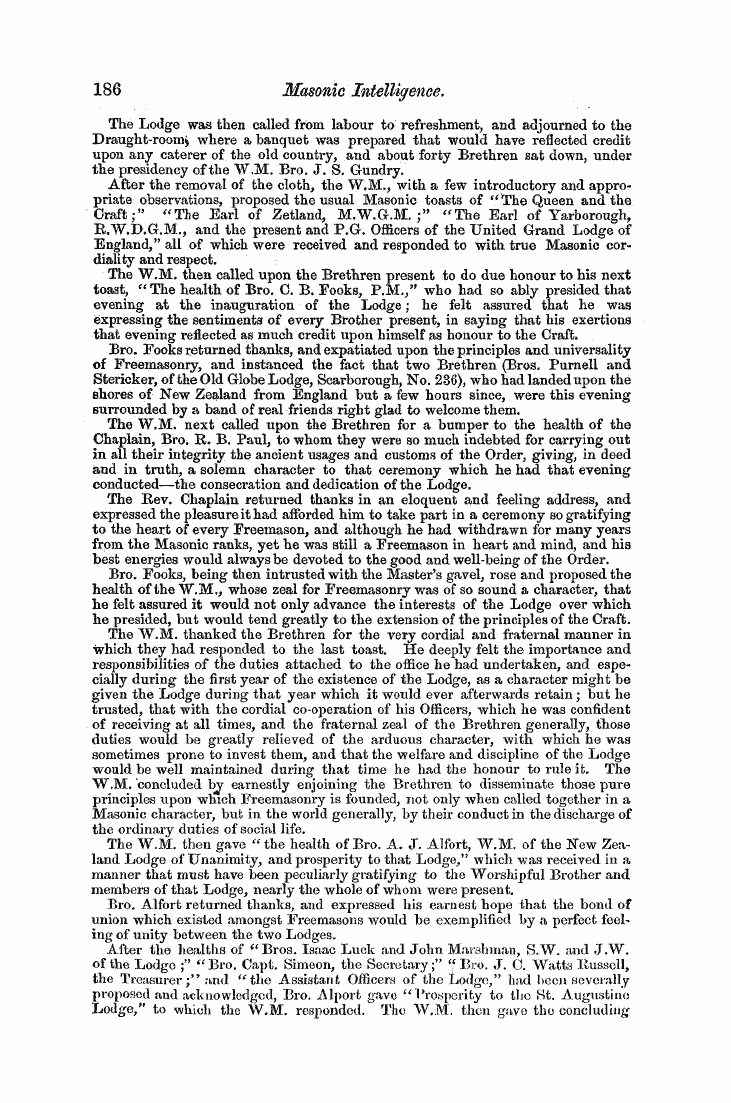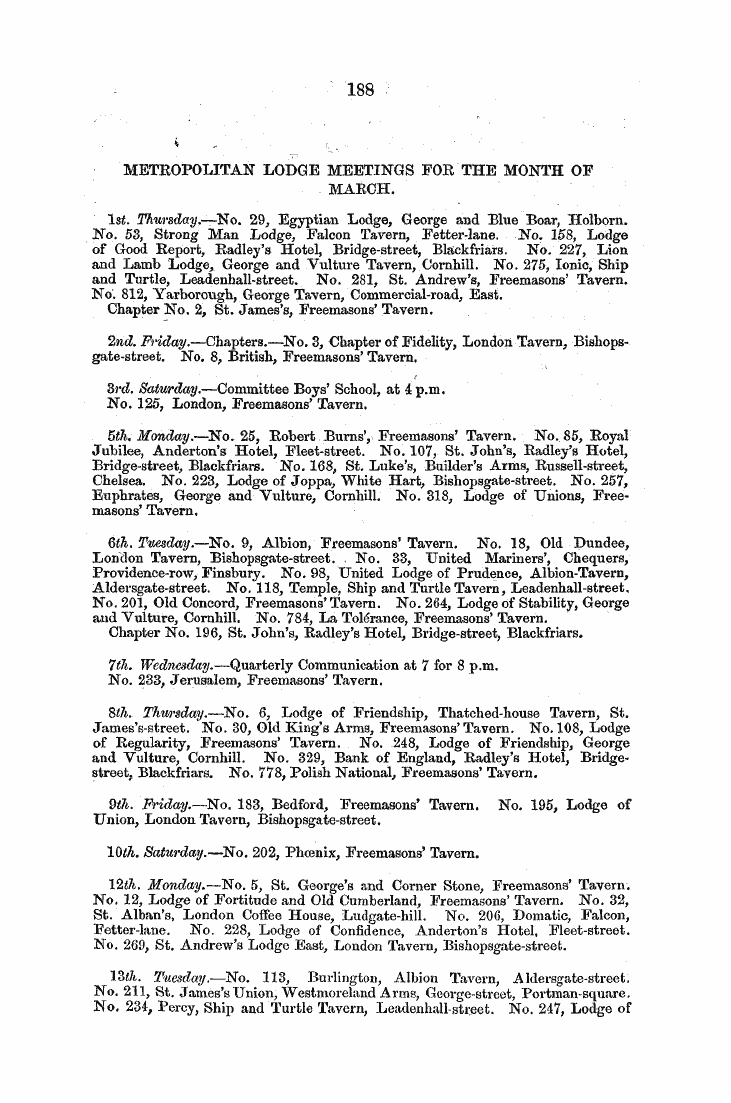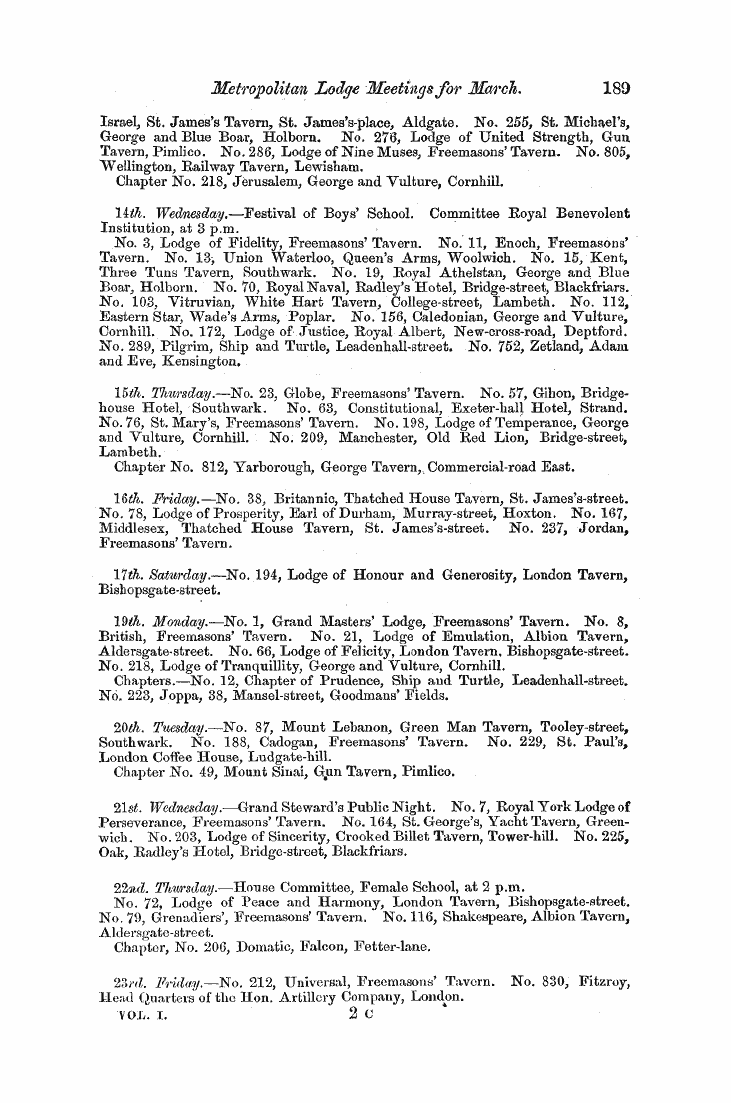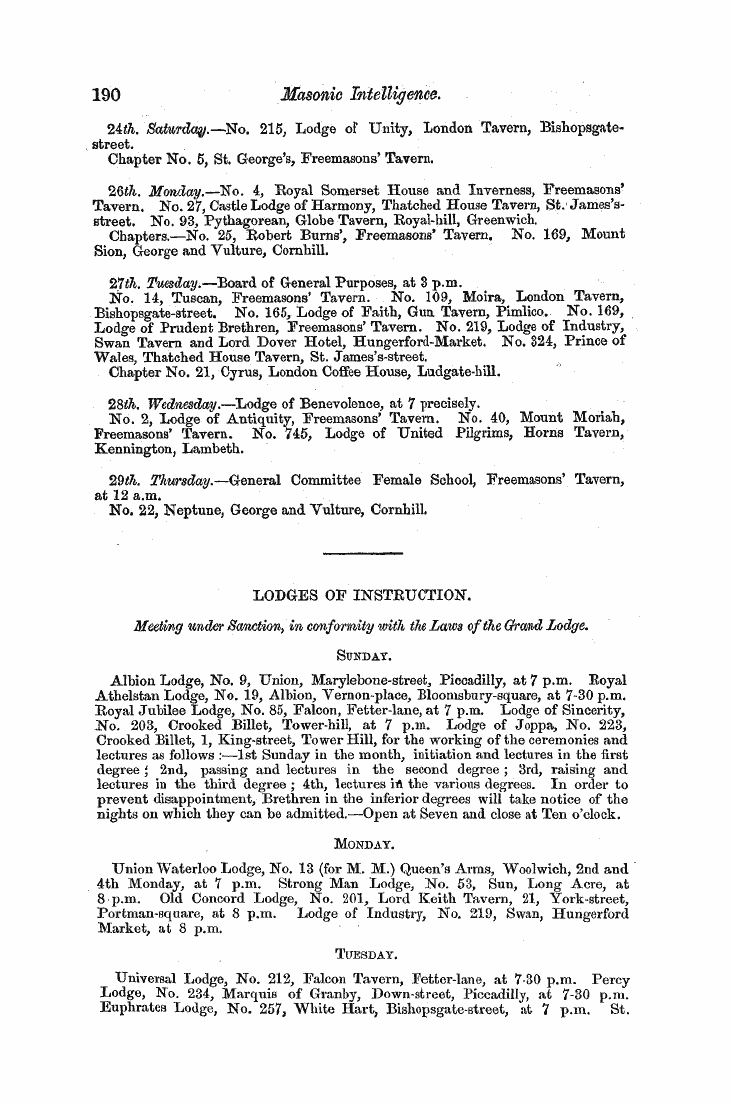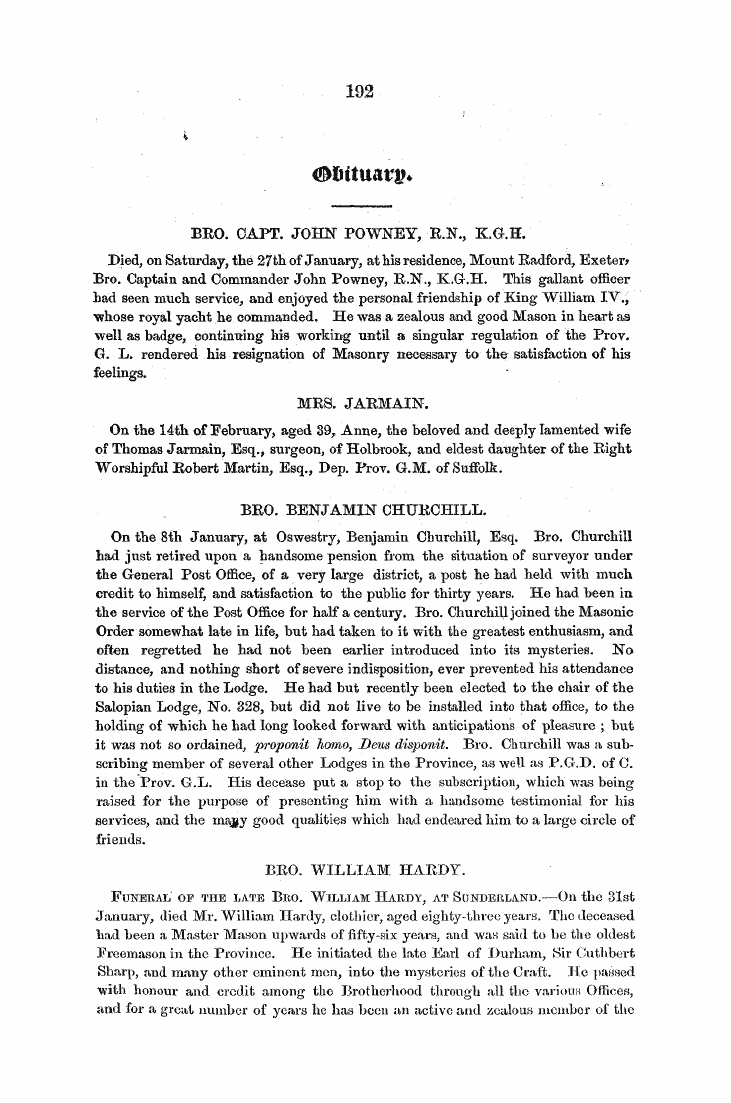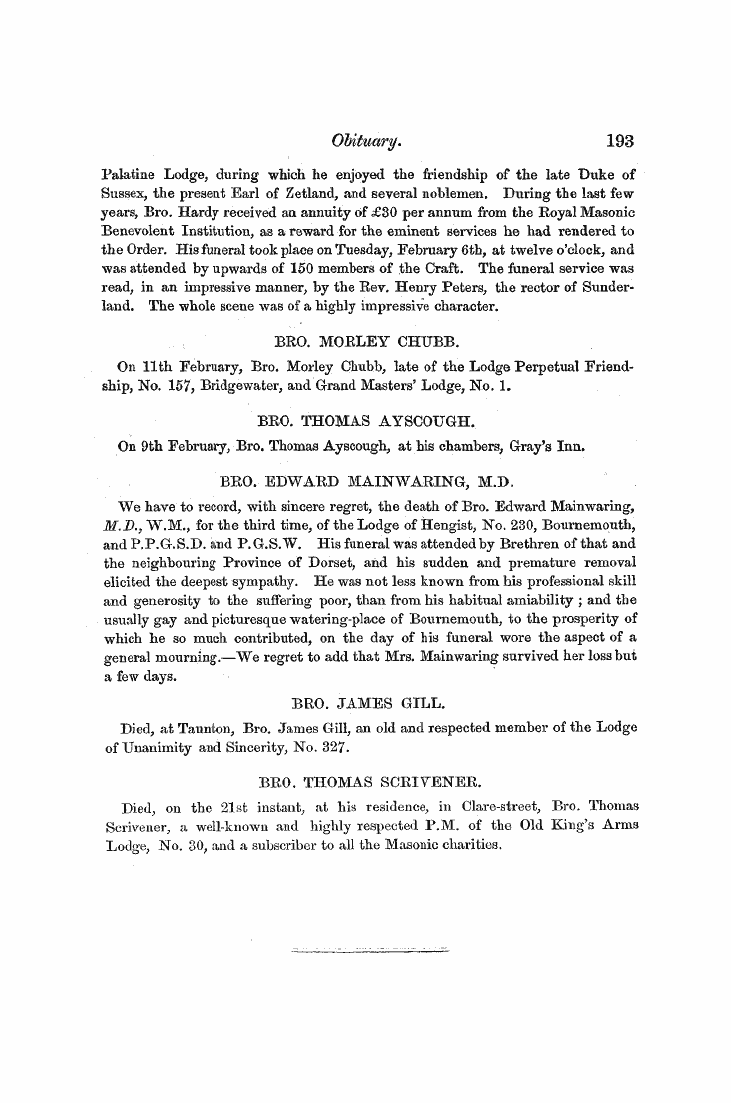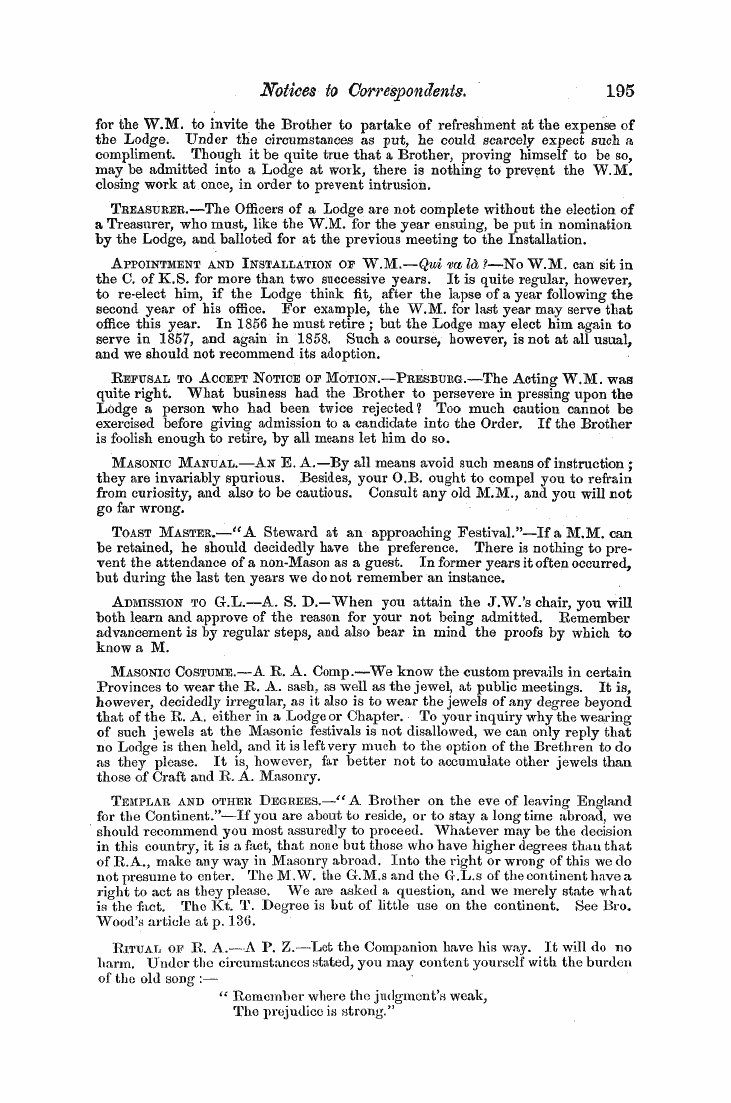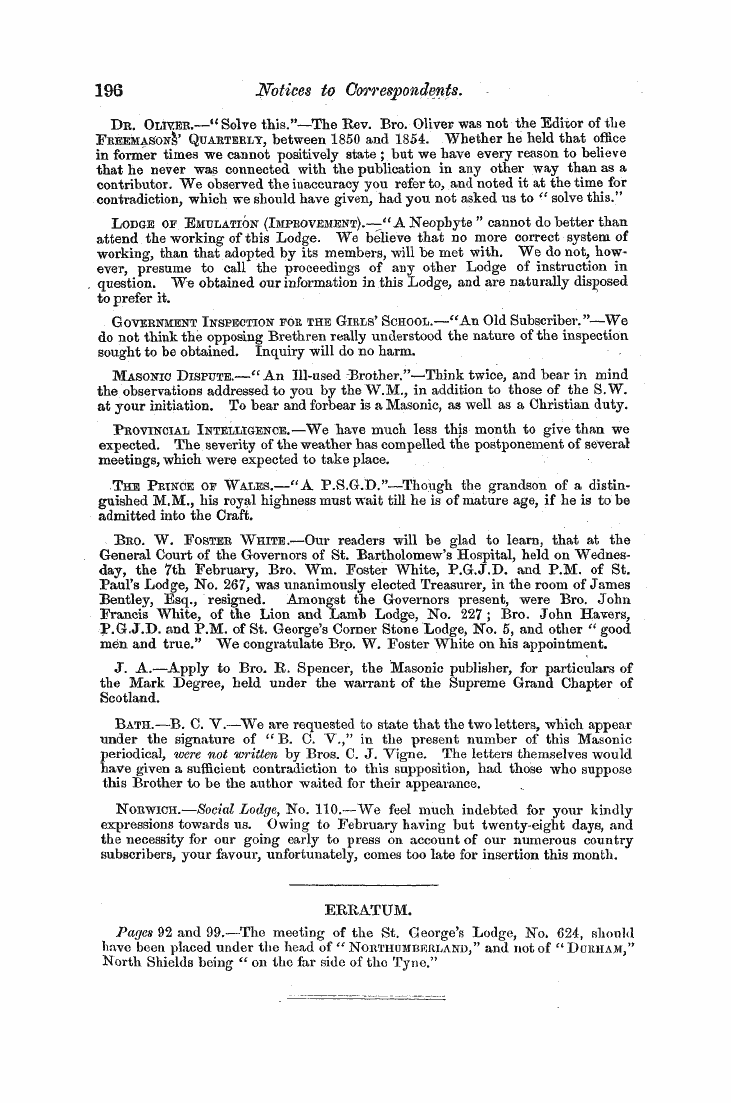-
Articles/Ads
Article Untitled Article ← Page 4 of 5 →
Note: This text has been automatically extracted via Optical Character Recognition (OCR) software.
Untitled Article
meetings in different parts of Paris ; the Grand Orient having a house in a street that runs into the east end of the Hue St . Lazare , and the Supreme Council meeting in the Hue de Crenelle , St . Honore , No . 35 . The latter building , by the way , is not easy to find by night , as the archway leading to it is very dark , and the lamps in the street exactly throw a shade instead of a light on the
number . It is on the same side of the street as the passage of the Vero-Dodats , and one very simple way of discovering it , is to commence at the Vero-Dodats , and to go into every archway until you get the right one , which will be found nearly opposite to , and at no great distance from , the sign of " Les deux Sappeurs , " who grace the first floor of their residence in all the glories of tall shako , white apron , and large hatchet .
I would recommend every brother to visit the house some morning as it is large and well worth seeing , and especially not to neglect certain chambers in the upper story , which are decorated in a verycheerful manner , and appear eminently calculated to raise the spirits of any nervous individual who might happen to find himself alone in them . More I cannot say , except that as is generally the case with
the continental ceremonies , there are many things which we might advantageously copy , while there are too many which are decidedly puerile , and which we have very rightly discarded as unnecessary accompaniments . I purposely avoid any detailed description of these rooms , because , although they cannot be ranked among truly Masonic objects , yet I was permitted to see them as a Brother of the
Craft , and therefore the Masonic seal is on my lips . For the same reason I pass over in silence many objects which are to be seen there . There is a very obliging concierge always at his post , and he will show everything to any one who can prove himself a Member of the Craft ; that is , he will show everything up to the rank which the
visitor holds , on which subject he takes care to inform himself before he mounts the stairs . The best plan is to show the G . L . certificates , together with those of any of the high degrees that may have been taken . The Royal Arch is perhaps the most efficacious , unless the visitor happens to be a Member of the High Grades Union , in which case he will meet with wonderful deference .
The clothing worn by the French Freemasons is very different from that in use among ourselves . Very few aprons are to be seen at all , except in the two first Degrees , and in one or two of the highest . The Entered Apprentices wear a white apron like ours , and they have to do the manual labour requisite in the ceremonies , which is rather heavy work , and , in hot weather , very fatiguing . The
flap is turned up in just the manner practised in England . After an interval of a year , the Entered Apprentices are passed to the second Degree , when they turn down the flap of the apron , but add no ornament . At the expiration of another year , they are raised to the Degree of Master Mason , and then discard the apron entirely , substituting a broad blue sash , passing across the breast , and decorated with sundry appropriate emblems in silver . I never saw any M . M .
Note: This text has been automatically extracted via Optical Character Recognition (OCR) software.
Untitled Article
meetings in different parts of Paris ; the Grand Orient having a house in a street that runs into the east end of the Hue St . Lazare , and the Supreme Council meeting in the Hue de Crenelle , St . Honore , No . 35 . The latter building , by the way , is not easy to find by night , as the archway leading to it is very dark , and the lamps in the street exactly throw a shade instead of a light on the
number . It is on the same side of the street as the passage of the Vero-Dodats , and one very simple way of discovering it , is to commence at the Vero-Dodats , and to go into every archway until you get the right one , which will be found nearly opposite to , and at no great distance from , the sign of " Les deux Sappeurs , " who grace the first floor of their residence in all the glories of tall shako , white apron , and large hatchet .
I would recommend every brother to visit the house some morning as it is large and well worth seeing , and especially not to neglect certain chambers in the upper story , which are decorated in a verycheerful manner , and appear eminently calculated to raise the spirits of any nervous individual who might happen to find himself alone in them . More I cannot say , except that as is generally the case with
the continental ceremonies , there are many things which we might advantageously copy , while there are too many which are decidedly puerile , and which we have very rightly discarded as unnecessary accompaniments . I purposely avoid any detailed description of these rooms , because , although they cannot be ranked among truly Masonic objects , yet I was permitted to see them as a Brother of the
Craft , and therefore the Masonic seal is on my lips . For the same reason I pass over in silence many objects which are to be seen there . There is a very obliging concierge always at his post , and he will show everything to any one who can prove himself a Member of the Craft ; that is , he will show everything up to the rank which the
visitor holds , on which subject he takes care to inform himself before he mounts the stairs . The best plan is to show the G . L . certificates , together with those of any of the high degrees that may have been taken . The Royal Arch is perhaps the most efficacious , unless the visitor happens to be a Member of the High Grades Union , in which case he will meet with wonderful deference .
The clothing worn by the French Freemasons is very different from that in use among ourselves . Very few aprons are to be seen at all , except in the two first Degrees , and in one or two of the highest . The Entered Apprentices wear a white apron like ours , and they have to do the manual labour requisite in the ceremonies , which is rather heavy work , and , in hot weather , very fatiguing . The
flap is turned up in just the manner practised in England . After an interval of a year , the Entered Apprentices are passed to the second Degree , when they turn down the flap of the apron , but add no ornament . At the expiration of another year , they are raised to the Degree of Master Mason , and then discard the apron entirely , substituting a broad blue sash , passing across the breast , and decorated with sundry appropriate emblems in silver . I never saw any M . M .
